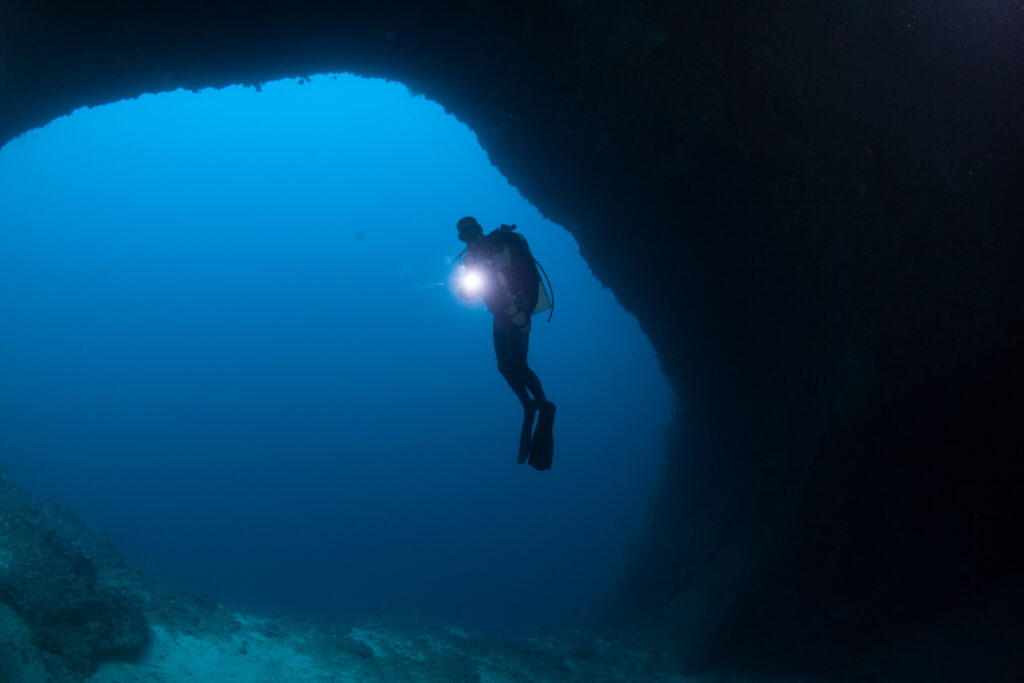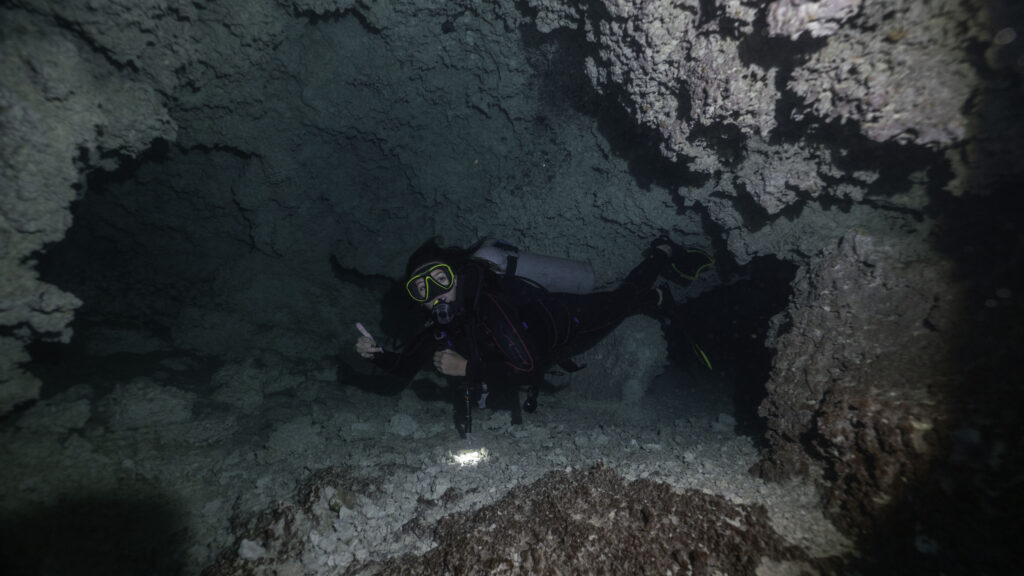What is Heliox?

Heliox is a breathing gas mixture composed of helium and oxygen, widely used in deep-sea diving due to its unique properties that improve safety and performance under extreme conditions. Unlike standard air, which consists of approximately 78% nitrogen and 21% oxygen, Heliox replaces the nitrogen with helium. This substitution is crucial in mitigating the adverse effects of nitrogen narcosis and oxygen toxicity that divers can experience at greater depths. Heliox has been a game-changer for technical and commercial divers, enabling them to work and explore at depths that would otherwise be highly hazardous.
What is a Kelp Surface Dive?

A kelp surface dive involves swimming and exploring near the surface of the ocean where dense forests of kelp thrive. This activity is popular among divers and marine enthusiasts for its unique opportunity to observe a vibrant and ecologically significant environment. Kelp forests are found in coastal areas worldwide and are known for their towering, underwater canopies. These dives offer an unparalleled chance to witness marine life that thrives within these underwater forests while requiring less equipment and technical expertise than deeper dives. Kelp surface diving is both a recreational pursuit and a valuable method for scientists studying these critical ecosystems.
What is Samba in Scuba Diving?

Samba, in the context of scuba diving, refers to an involuntary muscle spasm or twitching that occurs as a warning sign of impending hypoxia or loss of consciousness underwater. This condition is crucial for divers to recognize because it serves as a precursor to more serious and potentially life-threatening situations such as blackouts. Understanding samba and its implications can significantly enhance diver safety and preparedness, ensuring that appropriate actions are taken promptly to mitigate risks. While samba is less commonly discussed than other diving conditions, its impact on diver health and safety is equally important.
What is Recreational Scuba Diving?

Recreational scuba diving is a popular underwater activity enjoyed by millions of people around the world. It allows individuals to experience the underwater environment firsthand, encountering marine life and underwater landscapes that are typically inaccessible. Unlike commercial or military diving, which focuses on tasks such as underwater construction or defense, recreational scuba diving is primarily for enjoyment and adventure. It involves using a self-contained underwater breathing apparatus (scuba) to breathe underwater, enabling divers to spend extended periods submerged. This activity has grown significantly in popularity due to its appeal to adventurers and nature enthusiasts alike.
What is Farmer John Wetsuit / Farmer Jane Wetsuit?

What is Farmer John Wetsuit / Farmer Jane Wetsuits? A Farmer John or Jane wetsuit is a type of two-piece diving suit with a distinctive design. Known for their versatility and adaptability, these suits are a staple in the diving community for the unique protection and comfort they offer. They derive their names from the […]
What is Task Loading?

What is Task Loading? Task loading in scuba diving refers to the cumulative effect of multiple responsibilities or tasks that a diver must manage simultaneously. The concept is rooted in human factors psychology and is crucial to understanding and enhancing diver safety. When task loading becomes excessive, the risk of errors or omissions increases, potentially […]
What are Booties?

Booties are a critical component of scuba diving equipment designed to protect and insulate a diver’s feet in various underwater environments. They are typically used in conjunction with open-heel fins, offering both comfort and safety during dives. Their importance lies in shielding the feet from cold water temperatures and potential hazards like sharp rocks or debris that divers often encounter, especially during shore or wreck diving. This entry explores the construction, functionality, and selection of booties, alongside essential maintenance tips to ensure long-lasting performance.
What is Thermocline when Diving?

What is Thermocline when Diving? A thermocline is a naturally occurring phenomenon in bodies of water, where two layers of water with distinct temperature differences meet. For scuba divers, understanding and navigating through thermoclines is essential for a safe and enjoyable diving experience. This entry will discuss the science behind thermoclines, their impact on marine […]
What is an Overhead Environment when diving?

An overhead environment, in the context of scuba diving, is any situation that poses a physical or procedural obstacle preventing a direct ascent to the surface.
